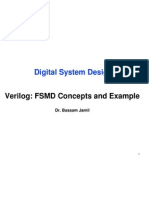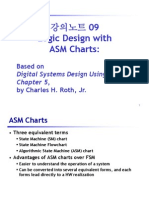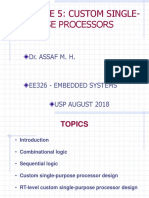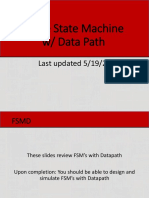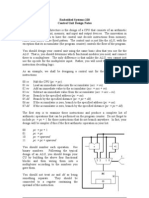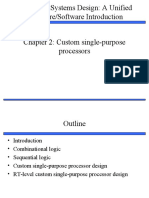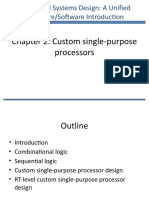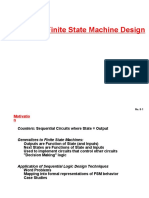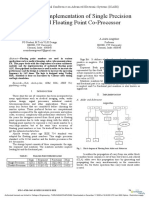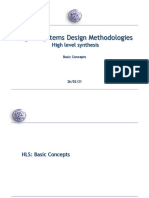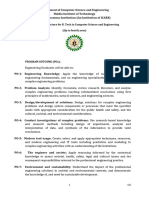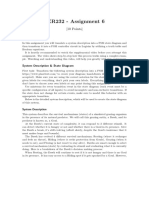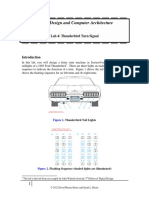0% found this document useful (0 votes)
64 views25 pagesHigh Level Synthesis - 01 - Introduction
The document discusses digital system design methodologies including high level synthesis from behavioral to structural levels. It describes architectural synthesis which takes a specification and constraints as input and outputs a data path and controller. The goals of architectural synthesis are to place operations in time and space while meeting objectives like minimizing area and maximizing speed according to constraints like cycle time and throughput.
Uploaded by
a bCopyright
© © All Rights Reserved
We take content rights seriously. If you suspect this is your content, claim it here.
Available Formats
Download as PDF, TXT or read online on Scribd
0% found this document useful (0 votes)
64 views25 pagesHigh Level Synthesis - 01 - Introduction
The document discusses digital system design methodologies including high level synthesis from behavioral to structural levels. It describes architectural synthesis which takes a specification and constraints as input and outputs a data path and controller. The goals of architectural synthesis are to place operations in time and space while meeting objectives like minimizing area and maximizing speed according to constraints like cycle time and throughput.
Uploaded by
a bCopyright
© © All Rights Reserved
We take content rights seriously. If you suspect this is your content, claim it here.
Available Formats
Download as PDF, TXT or read online on Scribd
/ 25










